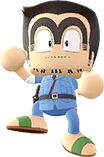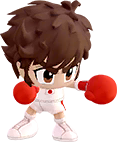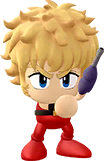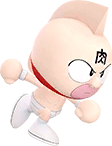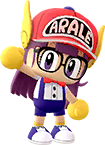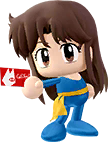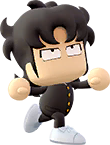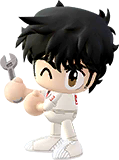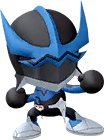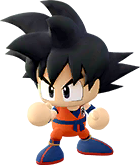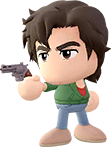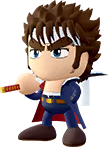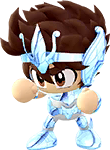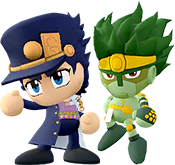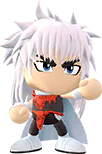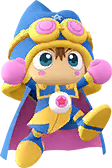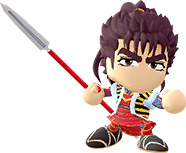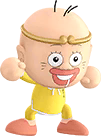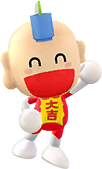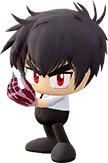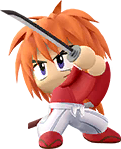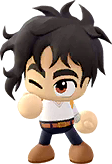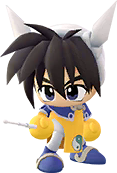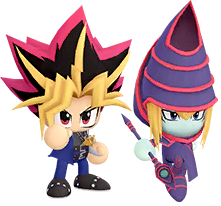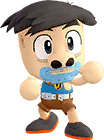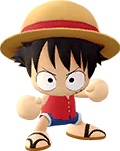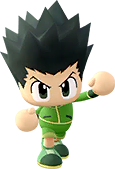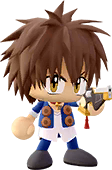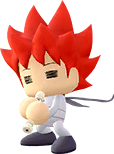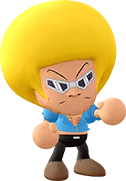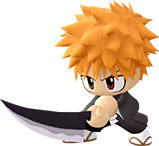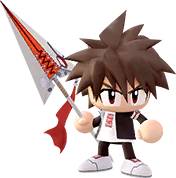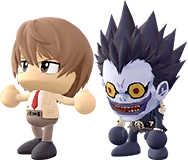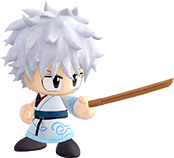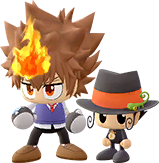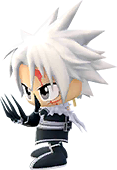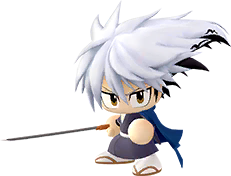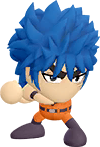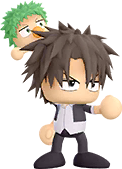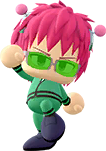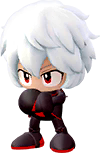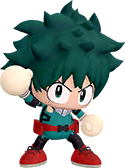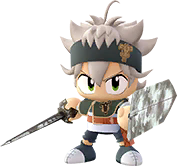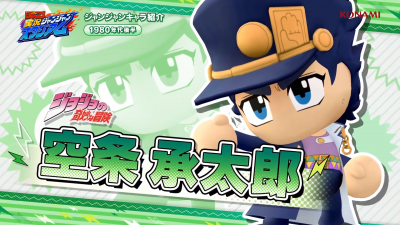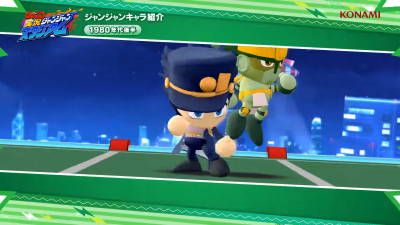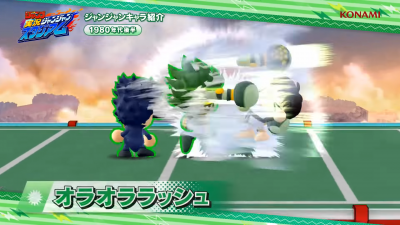Weekly Shonen Jump Jikkyo Janjan Stadium
Weekly Shonen Jump Jikkyo Janjan Stadium (週刊少年ジャンプ 実況ジャンジャンスタジアム, Shūkan Shōnen Janpu Jikkyō Janjan Sutajiamu) was a free-to-play mobile action game for Android and iOS developed by Konami Digital Entertainment.
The game released on August 2, 2018 and the service was terminated on August 26, 2019.
It included a crossover of various characters from Weekly Shonen Jump in commemoration of the magazine's 50th anniversary. Characters from 39 works appeared in the game at launch, but more were added sequentially following release. There were 54 playable characters in the end.
Gameplay
Weekly Shonen Jump Jikkyo Janjan Stadium was a battle royale game that allowed up to four players to fight online using characters portrayed in a chibi style. Players could either attack, jump, or perform a strong special technique (SP moves) with simple one-button controls.
The game had a "Live Broadcasting System" with a narrator announcing what was happening in each battle, which enhanced the match’s sense of realism.
Players battled on a small arena with platforms. Although players had a health bar, it was also possible to defeat opponents by launching them off the stage and out of bounds.
Characters were capable of leveling up from one to 50. By equipping various cards named "Hero's Memory", players could increase the stats of their characters and acquire new skills. Characters could have up to three Hero's Memory equipped. Each one depicted a unique panel from any of the manga in the game and also had their own unique effects such as increasing the amount of consecutive jumps a character can do, or increasing knockback. However, the unique skill effects would only activate if the series of the card matched the character it was equipped to.
There were twelve stages in the game with various generic scenery. Unlike other mobile gacha games, Jump Stadium did not have a stamina gauge, so players were able to play as much as they wanted.
Characters
Playable Characters (54)
Gallery
Trailer
Notes
- ↑ Although Beelzebub began serialization in February 2009, the game categorizes it as part of the 2010s.

